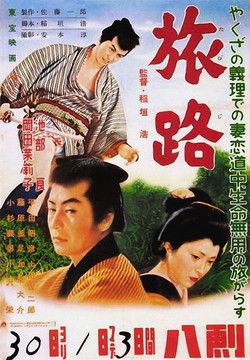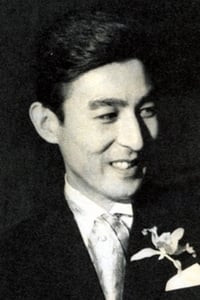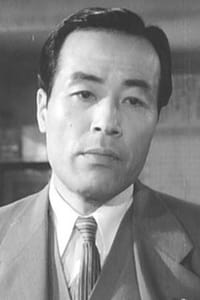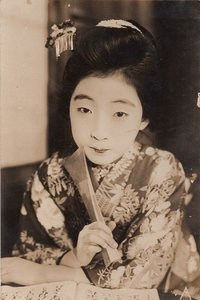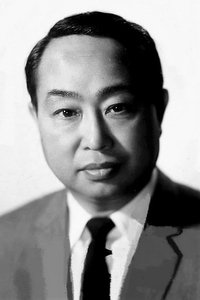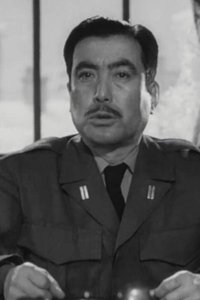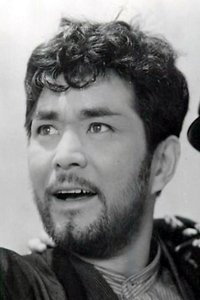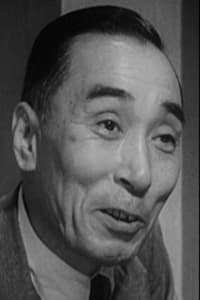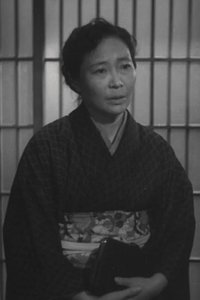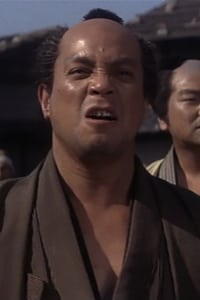The Lone Journey
Genres
DramaCrime
OverView
Forced on the road by yakuza obligations, a man sets out on a reckless journey to Tsumagoi. Movie posters for local cinemas were often displayed at sento (public baths) too. The handwritten text on the bottom here announces the film will play at Hassen for 3 days.
Others
Budget
$--
Revenue
$--
Status
Released
Original Language
Japanese
Runtime
91 mins
Rating
0/10
Release Date
31 August 1955
Country
Japan
